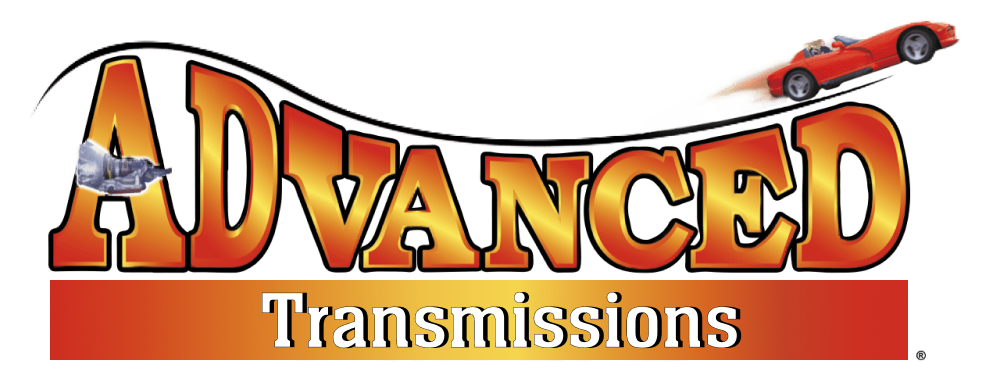Tire pressure might not be the most glamorous topic when it comes to vehicle maintenance, but it’s one of the most crucial. Many drivers underestimate the impact of low tire pressure on their vehicles and their wallets. We are still in the beginning months of the New Year, and if you had resolutions around finances for this year, you may be shocked to find out that tire pressure can actually play a role in you achieving those goals. In this article, we’ll explore just how much low tire pressure can cost you, from decreased fuel efficiency to increased risks of accidents and tire replacements.
What is Tire Pressure and How do I know What Mine Should be at?
Before we get into how much low tire pressure can cost you, if you don’t know what this is or how you can find out what pressure your vehicle’s tires should be at, we have got you covered. Tire pressure refers to the amount of air inside a tire, measured in pounds per square inch (psi). Maintaining the correct tire pressure is crucial for safe and efficient driving.
To determine what the proper tire pressure for your vehicle should be, check your vehicle’s owner’s manual, find the tire placard (usually located on the driver’s side door jamb), or ask a professional. It’s crucial to remember that tire pressure can change with temperature fluctuations. Tire pressure tends to decrease in cold weather and increase in hot weather, so it’s a good practice to check your tire pressure regularly, preferably when the tires are cold (before you start driving for the day).
How Much Low Tire Pressure Can Cost You
Proper tire pressure is essential for safety, tire longevity, and fuel efficiency. Regularly monitoring and maintaining your tire pressure will help ensure your tires perform optimally and reduce the risk of accidents and costly repairs. While it might be tempting to overlook your tire pressure, doing so can come at a high cost. Below we review just how much low tire pressure can cost you and what it can do to your vehicle and wallet.
- Decreased Fuel Efficiency: One of the most immediate and noticeable costs of low tire pressure is decreased fuel efficiency. When your tires are underinflated, they create more rolling resistance on the road. This means your engine has to work harder to move your vehicle, resulting in reduced gas mileage. According to the U.S. Department of Energy, you can lose up to 0.2% of your gas mileage for every 1 psi drop in tire pressure below the recommended level. If your tires are consistently 10 psi below the recommended pressure, you could be losing 2% or more of your fuel efficiency. This might not seem like much, but it adds up over time.
- Reduced Tire Lifespan: Low tire pressure can also significantly impact the lifespan of your tires. Underinflated tires cause increased friction and heat buildup, leading to accelerated wear and tear. The result? You’ll find yourself replacing your tires more frequently, which can be a substantial expense. Also, underinflated tires may develop uneven tread wear patterns, making them unsafe to drive on and forcing you to replace them even sooner. By maintaining proper tire pressure, you can extend the life of your tires and save money in the long run.
- Alignment and Suspension Issues: When you drive with underinflated tires for an extended period, your vehicle’s suspension and alignment can be adversely affected. This can result in uneven tire wear and, ultimately, costly repairs or replacements of suspension components. Regularly checking and maintaining proper tire pressure can help prevent these costly issues.
- Compromised Handling and Safety: When it comes to how much low tire pressure can cost you, it isn’t just about money, it is also about your comfort and safety. Your vehicle’s handling and safety are directly influenced by tire pressure. Underinflated tires reduce your ability to steer, brake, and corner effectively. This compromises your safety on the road, especially in emergency situations. Additionally, low tire pressure increases the risk of blowouts and flats. This not only endangers you and your passengers but can also lead to expensive towing and repair costs.
Low tire pressure leads to decreased fuel efficiency, reduced tire lifespan, potential alignment and suspension problems, and compromised handling and safety. All of these consequences can add up to significant expenses over time. To avoid these costs and ensure your safety on the road, make it a habit to check and maintain the proper tire pressure for your vehicle. It’s a simple and relatively inexpensive task that can save you money and keep you and your passengers safe.
Whether you have a suspension issue or some other problem caused by low tire pressure or something else, the experts at Advanced Transmissions & Emissions are here for you and your Phoenix vehicle. Contact us today.





